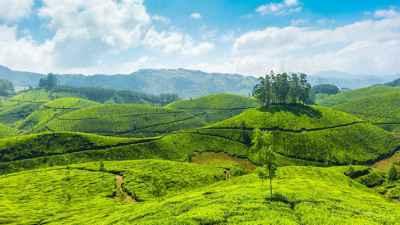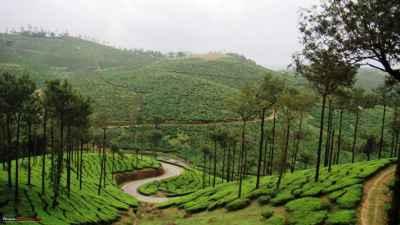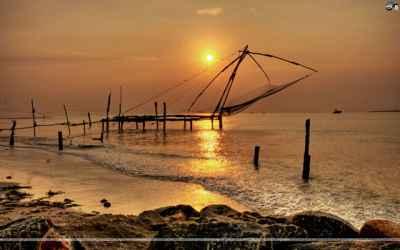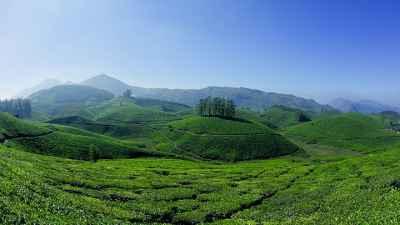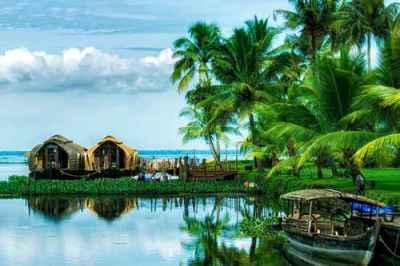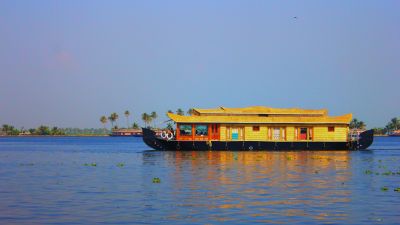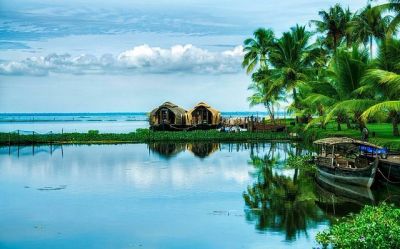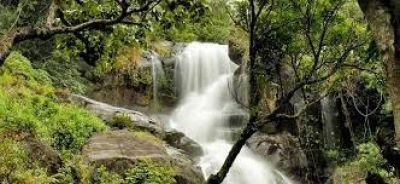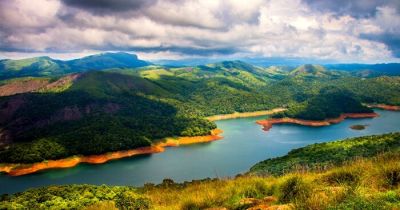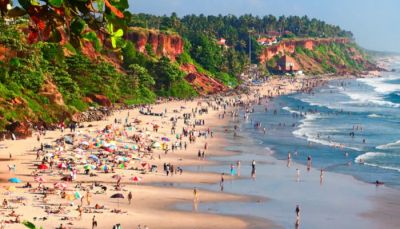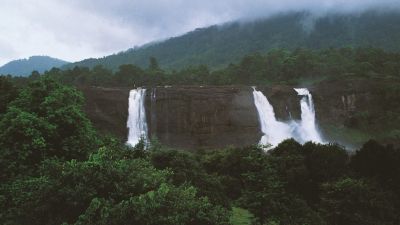The Mural Paintings of Kerala: Artistic Heritage
Kerala, also known as "God's Own Country," is a beautiful state located in the southern part of India. Known for its lush green landscapes, serene backwaters, and vibrant culture, Kerala is a paradise for art and culture enthusiasts. One of the most notable artistic heritages of Kerala is its mural paintings, which are a true reflection of the state's rich history and traditions.
Introduction to Mural Paintings
Mural paintings are a form of art that involves painting directly on walls or ceilings. These paintings are usually large in scale and have been practiced for centuries in various parts of the world. In Kerala, mural paintings have a special place in the state's cultural heritage and have been an integral part of its temples, palaces, and churches.
Origin and Evolution
The origin of mural paintings in Kerala can be traced back to the 9th century, during the reign of the Chera dynasty. The early mural paintings were predominantly influenced by the Dravidian style of art. Over the centuries, with the influence of various dynasties and cultures, the art form evolved and incorporated elements of the Kerala school of art, which is characterized by bright colors, intricate detailing, and a unique sense of aesthetics.
The mural paintings of Kerala are primarily found in ancient temples and palaces. These paintings often depict mythological stories, legends, and religious themes. The artists used natural pigments and dyes derived from minerals, plants, and even precious stones to create vibrant colors that have stood the test of time.
Themes and Subjects
One of the most fascinating aspects of mural paintings in Kerala is the diversity of themes and subjects depicted. The paintings often showcase the various aspects of Hindu mythology, with scenes from the Ramayana, Mahabharata, and Puranas being commonly depicted. Each painting tells a story and is filled with symbolism and hidden meanings.
Another popular theme in Kerala mural paintings is the depiction of deities and celestial beings. Gods and goddesses like Lord Shiva, Lord Vishnu, Goddess Durga, and Lord Krishna are commonly portrayed in these paintings. Each deity is shown with distinct attributes and symbolic gestures that represent their characteristics and virtues.
In addition to mythological themes, mural paintings in Kerala also showcase the everyday life of people in the state. Scenes of village life, agricultural activities, and traditional dance forms like Kathakali and Mohiniyattam are often portrayed with great attention to detail.
Significance and Conservation
The mural paintings of Kerala hold immense significance both artistically and culturally. They are not only considered masterpieces of art but also serve as an important source of historical and cultural information. These paintings provide insights into the religious beliefs, social customs, and artistic skills of the people of Kerala.
Over the years, the conservation and preservation of these mural paintings have been a major concern. Due to factors like weathering, moisture, and neglect, many of these artworks have deteriorated. However, efforts have been made by various organizations and individuals to restore and protect these valuable artworks.
Specialized techniques and materials are used in the conservation process to ensure that the murals retain their original beauty and glory. Regular maintenance and restoration work are carried out to prevent further damage and ensure the longevity of these artistic treasures.
Popular Places to Experience Mural Paintings
If you're an art enthusiast or simply curious about the rich cultural heritage of Kerala, there are several places where you can experience the beauty of mural paintings firsthand.
- Padmanabhaswamy Temple, Thiruvananthapuram: The Padmanabhaswamy Temple is one of the most famous temples in Kerala and is known for its exquisite mural paintings. The temple's walls and ceilings are adorned with intricate artwork depicting various Hindu deities and mythological scenes.
- Mattancherry Palace, Kochi: Also known as the Dutch Palace, Mattancherry Palace is a popular tourist attraction in Kochi. The palace features stunning mural paintings that depict episodes from the Ramayana and Mahabharata.
- Edakkal Caves, Wayanad: The Edakkal Caves in Wayanad district are renowned for their ancient rock carvings and paintings, which date back to thousands of years. These prehistoric murals provide insights into the lives and beliefs of early humans in the region.
Conclusion
The mural paintings of Kerala are not just artworks; they are a testament to the rich cultural heritage of the state. These stunning masterpieces showcase the artistic skills, creativity, and imagination of the artists who created them centuries ago. By preserving and appreciating these mural paintings, we can ensure that future generations can also experience the beauty and significance of this artistic legacy.
So, next time you visit Kerala, take some time to explore the mesmerizing mural paintings and delve into the captivating stories they tell.
Share this blog post and spread the word about the artistic heritage of Kerala!
Disclaimer : The information provided in this blog is for general informational purposes only. While we strive to keep the content accurate and updated, TravelSetu assumes no liability for errors or omissions. If you believe any part of this blog infringes your rights or causes concern, please notify us immediately at info[at]travelsetu[dot]com so that appropriate action can be taken.
